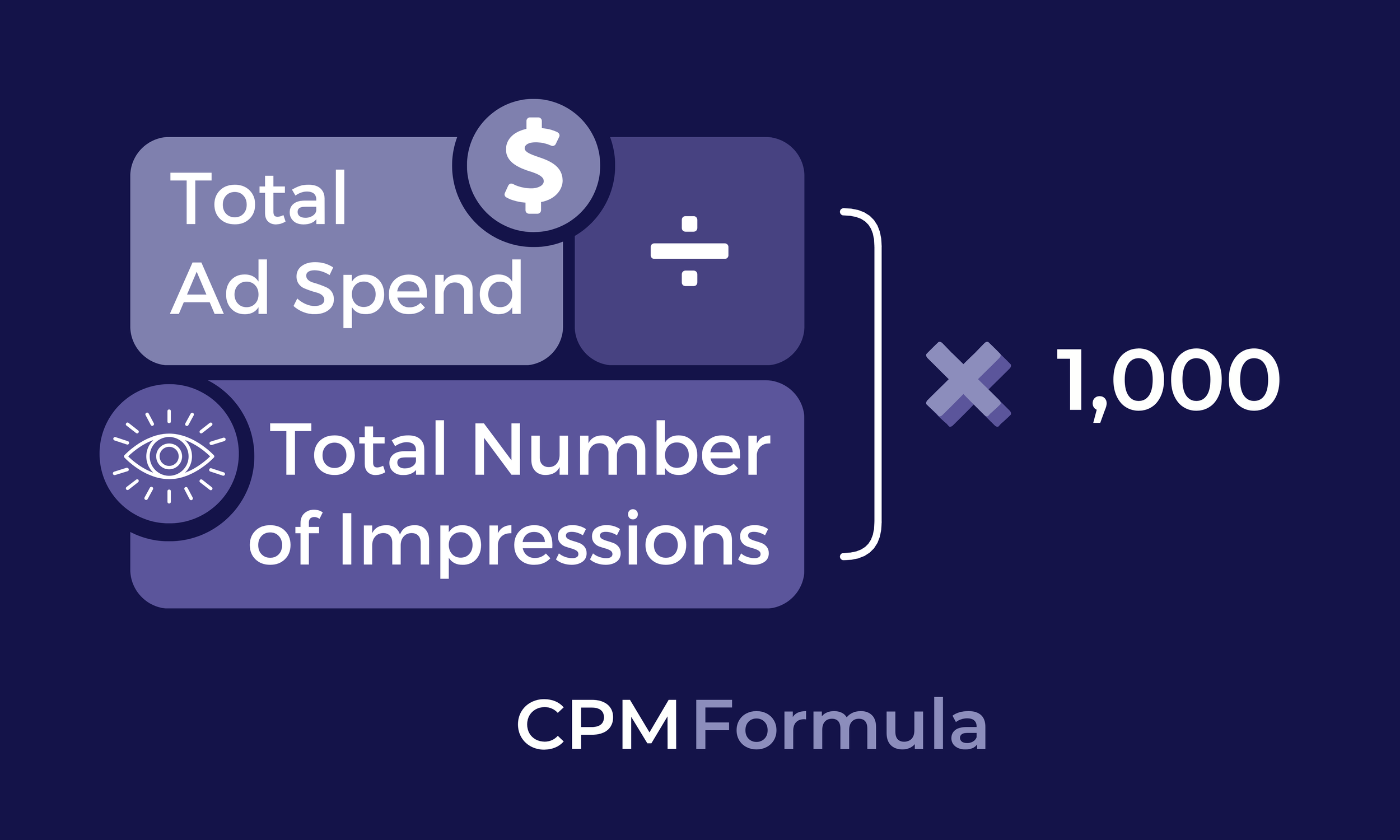In the world of digital marketing, every number counts and can make all the difference. Among the key indicators that deserve close scrutiny, Cost Per Mille (CPM) stands out for its ability to shed light on the performance of your campaigns. Indeed, beyond a simple number, CPM can reveal trends, audience behaviors, and even the effectiveness of your investments. So, are you ready to dive into the analysis of this indicator and discover what it can truly teach you about your marketing projects? Take the first step towards a deeper understanding and turn your data into genuine optimization levers.

The Cost Per Mille (CPM) is a key indicator for understanding the effectiveness of your digital marketing campaigns. It represents the cost paid by an advertiser for 1,000 advertising impressions, meaning every time a consumer sees your ad. But what can it really reveal about the effectiveness of your strategy? Let’s explore that together.
Table of Contents
ToggleWhat CPM Can Reveal About Your Marketing Campaigns
| Revealed Aspect | Interpretation |
|---|---|
| Impression Frequency | Indicates whether ads are widely circulated. |
| Cost of Brand Awareness | Measures the effectiveness of brand awareness. |
| Platform Comparison | Allows you to see which is the most cost-effective. |
| Link to CTR | Helps to adjust audience and content relevance. |
| Effects of Fraudulent Impressions | Calls for vigilance and using reliable platforms. |
Measuring Reach and Awareness
Due to its simplicity, CPM is ideal for measuring the reach and awareness of your campaigns. If your main goal is to increase your brand awareness, a low CPM can indicate that you are achieving many impressions for a relatively low cost.
Platform Comparison
CPM also allows for comparing advertising effectiveness across different platforms. For instance, the cost of a CPM on social networks may differ from that on a video platform like YouTube.
Link to Click-Through Rate (CTR)
Although CPM measures impressions, it is often used in conjunction with the Click-Through Rate (CTR), which measures how often users click on your ads after seeing them. A high CPM combined with a low CTR could signal issues with the ad content or the relevance of the targeted audience.
Other Complementary Metrics: CPC and CPA
CPM is just one metric among others. When evaluating your campaigns, it is useful to compare it with metrics such as Cost Per Click (CPC) and Cost Per Acquisition (CPA) for a more comprehensive view of performance.
- CPC: You pay for each click on your ad.
- CPA: You pay for each desired action taken by the user, such as a purchase or sign-up.
Access Advertising Transparency
Using CPM gives you transparency into your spending and advertising performance. It highlights where your budget is allocated and how it performs in terms of visibility.
Monitoring Fraudulent Impressions
However, beware of fraudulent impressions. CPM can sometimes include invalid views, such as bots or ads that do not load properly.
Note: To maximize the effectiveness of your campaigns, it is essential to monitor these impressions and work with trustworthy platforms.
- Analyze data to detect any irregularities.
- Use tools to verify ad quality.

Open web : le display se stabilise, les CPM en baisse https://t.co/2uuHtogfug pic.twitter.com/XomJTjpXLs
— Journal du Net (@JDNebusiness) July 10, 2024











